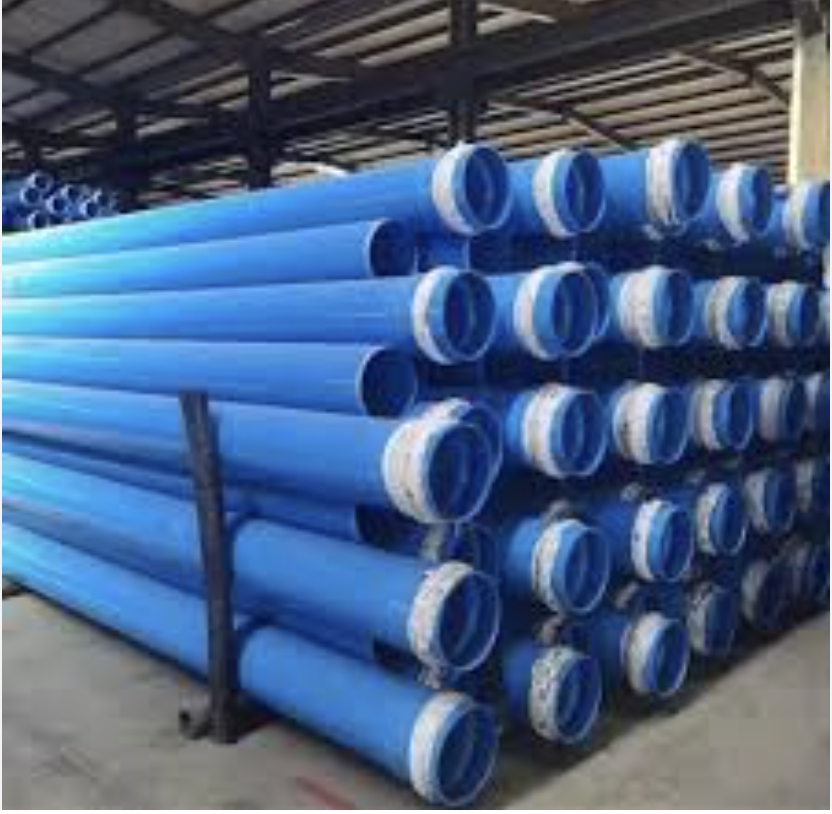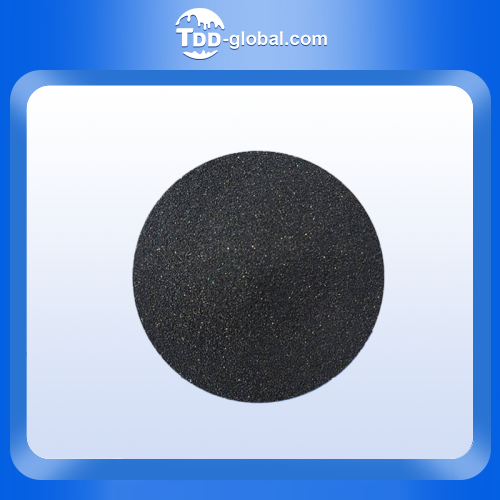Epoxy resin is a high molecular polymer with the molecular formula (C 11 H 12 O 3 ) n . It refers to a class of polymers containing more than two epoxy groups in the molecule. It is the condensation product of epichlorohydrin and bisphenol A or polyol . Due to the chemical activity of the epoxy group , a variety of compounds containing active hydrogen can be used to open the ring and solidify and cross-link to form a network structure , so it is a thermosetting resin . Bisphenol A-type epoxy resin not only has the largest output and the most complete varieties, but also new modified varieties are still increasing, and the quality is constantly improving.

Physical and chemical properties #
material properties #
Epoxy resin has secondary hydroxyl groups and epoxy groups , and the secondary hydroxyl groups can react with isocyanates . The epoxy resin is directly added as a polyol to the hydroxyl-containing component of the polyurethane adhesive . Using this method, only the hydroxyl group participates in the reaction, and the epoxy group fails to react.
Use the carboxyl group of the acidic resin to open the epoxy ring, and then react with the isocyanate in the polyurethane adhesive . Epoxy resin can also be dissolved in ethyl acetate , phosphoric acid is added for heating reaction, and its adduct is added to the polyurethane adhesive, which can improve the initial tack, heat resistance , and hydrolysis stability of the adhesive. Alcoholamines or amines can also be used to react to generate polyols. The presence of tertiary nitrogen atoms in the adduct can accelerate the NCO reaction.
Using epoxy resin as the polyhydroxy component combines the advantages of polyurethane and epoxy resin, and has better bonding strength and chemical resistance. Epoxy resins used in manufacturing polyurethane adhesives generally use EP-12 and EP-13. , EP-16 and EP-20 and other varieties.
Modification method #
1. Choose a hardener ;
2. Add reactive diluent ;
3. Add fillers ;
4. Add specialty thermosetting or thermoplastic resins ;
5. Modify the epoxy resin itself.
Application areas #
Introduction to the preface #
Epoxy resin’s excellent physical, mechanical and electrical insulation properties , bonding properties with various materials, and flexibility in its use process are not available in other thermosetting plastics . Therefore, it can be made into coatings, composite materials, casting materials , adhesives, molding materials and injection molding materials, and is widely used in various fields of the national economy .
Coating use #
Epoxy resin accounts for a large proportion of applications in coatings, and it can be made into varieties with different characteristics and uses. Their common features:
1. Excellent chemical resistance , especially alkali resistance.
2. The paint film has strong adhesion , especially to metal.
3. Has good heat resistance and electrical insulation.
4. The paint film has good color retention .
However, bisphenol A-type epoxy resin coatings have poor weather resistance . The paint film is easily powdered and loses its luster outdoors and is not full. Therefore, it is not suitable for outdoor coatings and highly decorative coatings. Therefore, epoxy resin coatings are mainly used as anti-corrosion paint, metal primer , and insulating paint , but coatings made of heterocyclic and alicyclic epoxy resins can be used outdoors.
Domestic research #
Our country has been researching epoxy resin since 1958 and has put it into industrial production at a very fast speed . It has been booming all over the country. In addition to the production of ordinary bisphenol A – epichlorohydrin type epoxy resin, We also produce various types of new epoxy resins to meet the urgent needs of national defense construction and various sectors of the national economy .
characteristic #
Epoxy resin softener application characteristics
1. Various forms. A variety of resin, curing agent, and modifier systems are available to suit the form requirements of virtually every application, ranging from very low viscosities to high melting point solids.
2. Convenient curing. By using various curing agents, the epoxy resin system can be cured in a temperature range of almost 0 to 180°C.
3. Strong adhesion . The presence of polar hydroxyl groups and ether bonds inherent in the epoxy resin molecular chain gives it high adhesion to various substances. Epoxy resin has low shrinkage when cured and produces little internal stress, which also helps improve adhesion strength.
4. Low shrinkage. The reaction between epoxy resin and the curing agent used is carried out through a direct addition reaction or a ring-opening polymerization reaction of the epoxy groups in the resin molecules , without the release of water or other volatile by-products. Compared with unsaturated polyester resin and phenolic resin , they show very low shrinkage (less than 2%) during the curing process.
5. Mechanical properties . The cured epoxy resin system has excellent mechanical properties.
6. Electrical properties. The cured epoxy resin system is an excellent insulating material with high dielectric properties , surface leakage resistance, and arc resistance .
7. Chemical stability . Generally, cured epoxy resin systems have excellent alkali resistance , acid resistance and solvent resistance . Like other properties of a cured epoxy system, chemical stability depends on the resin and curing agent selected. Proper selection of epoxy resin and curing agent can give it special chemical stability.
8. Dimensional stability . The combination of many of the above properties gives the epoxy resin system outstanding dimensional stability and durability .
9. Resistant to mold . Cured epoxy resin systems are resistant to most molds and can be used in harsh tropical conditions.






 September 3, 2024
September 3, 2024 










